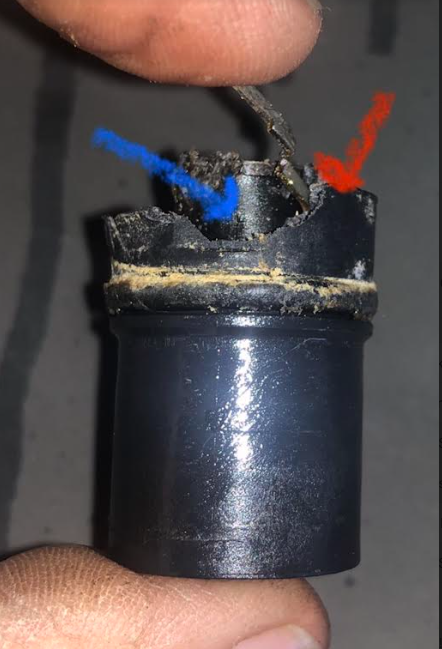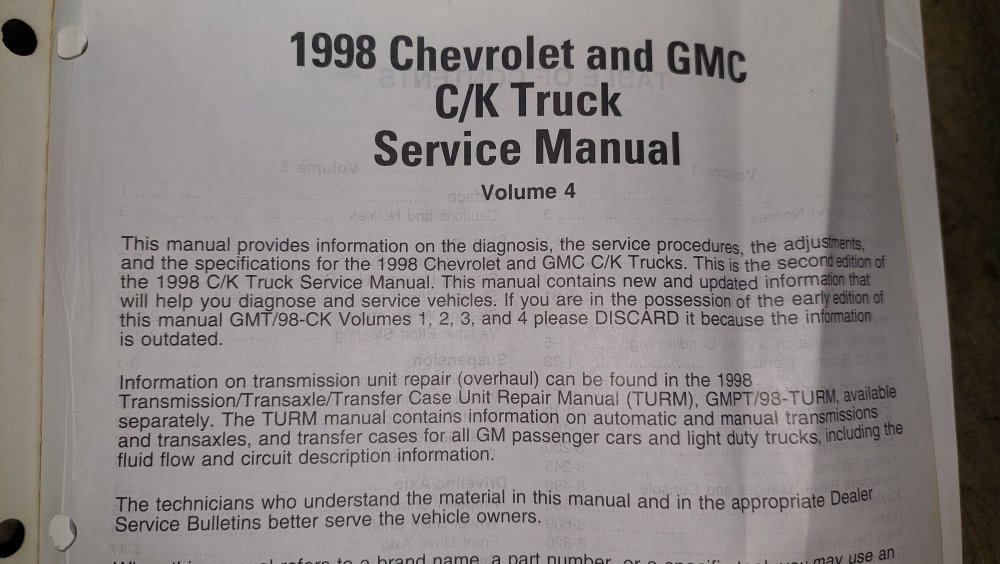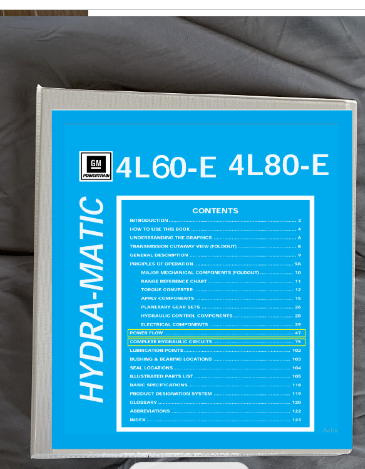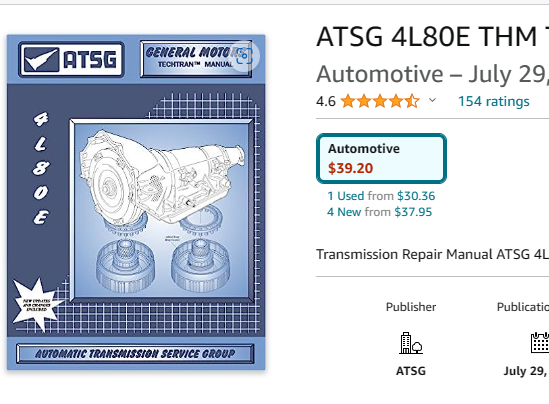Rockabillyrat
SlIgHtLy StUpId.
You can easily test almost everything with a meter. I would do all the testing as the PCM connector. You can amperage test the solenoid wiring. You know the solenoids are good, so if the amperage readings are good, then so is the wiring. The fluid temp sensor you should be able to OHM out and compare that to a temperature/resistance chart for that sensor. For the VSS/ TSS put your meter on 200v AC and watch for the voltage to increase with vehicle/ engine speed depending on which sensor your testing. The Range sensor should be easy, just test for power at the PCM in the corresponding gear. Power and ground I always recommend using a headlamp bulb to confirm the circuit can carry a load, but you can use you meter if you don't have a bulb. (Best home made tool in my box for testing power and ground circuits). The only thing you need a scanner for is to test the pressure control solenoid. The wiring can be tested with a meter, but you need a scanner to control line pressure. The solenoid should be 3.5 ohms if you want to test it. Of course if you have access to a scanner you can easily test everything I just mentioned in minutes.
Hope this helps, I know I'm not the transmission encyclopedic like THEFERMANAOR, just a lousy ASE master tech.
Hope this helps, I know I'm not the transmission encyclopedic like THEFERMANAOR, just a lousy ASE master tech.




